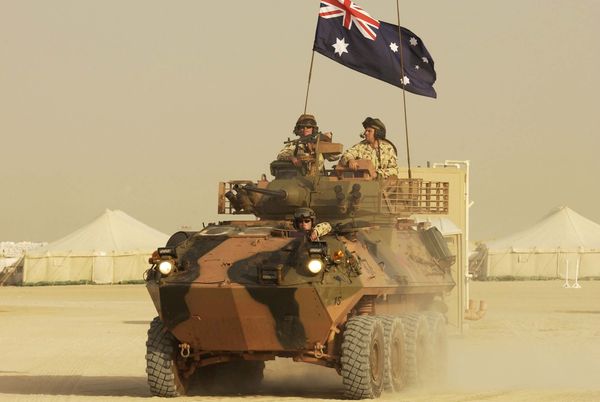Australia would have spent about $6billion on the war in Afghanistan by the time our troops leave in 2014, according to Defence.
Defence Minister Stephen Smith defended the country’s decade-long involvement in the conflict in Parliament yesterday. The Opposition expressed bi-partisan support.
”It is in our national interest to be in Afghanistan, not just with our alliance partner, the United States, but also with 47 other members of the International Security Assistance Force acting under a United Nations mandate,” Mr Smith said.
He welcomed El Salvador, the latest country to join the coalition, to ISAF. ”Australia’s fundamental goal is to prevent Afghanistan from again being used by terrorists to plan and train for attacks on innocent civilians, including Australians, in our region and beyond.”
This has come at a cost.
With almost 1000 diggers injured or wounded in the country since the war began ADF rehabilitation costs have escalated year after year. A Defence spokesman said they had jumped from $3 million in 2006-2007 to $12.6 million for 2010-2011.
These figures do not include the cost of artificial limbs, appliances, physiotherapy, medications and other prescribed treatments.
A total of 30 Australians, 29 ADF members and one who was serving with the British army, have also been killed.
”No liability” payments to Afghan civilians for the deaths of family members, personal injury and damage to property stand at $169,104.
Blood money payments are reported to average about $6000, however, this can go higher depending on the status of the individual.
Mr Smith said Australia and the other ISAF member nations needed to set out a clear policy for Afghanistan after the troop withdrawals scheduled for 2014.
To fail to do so would be to ”send the wrong message to regional neighbours, including Pakistan”.
Raspal Khosa, an independent defence analyst formerly with the Australian Strategic Policy Institute, has warned Pakistan is waiting on the Western withdrawal to ramp up its continuing policy of destabilisation in Afghanistan.
”They [Pakistan] continue to view Afghanistan as a source of strategic depth in their regional competition with India,” he said.
Australia would have spent $6.75 billion on Operation Slipper and enhanced force protection in Afghanistan by the end of 2013-2014.
”Operation Slipper also includes Australia’s maritime contributions to security operations in the Arabian Gulf, the Arabian and Red Seas and the Horn of Africa,” the Defence spokesman said.
By far the largest share of the spend has gone to Afghanistan.
The Canberra Times was told the value of major equipment losses in the theatre to date came to $30 million.
This includes numerous Bushmaster vehicles and one of Australia’s six Chinook helicopters that crashed earlier this year.
The figure is based on net book value; the cost of acquisition less depreciation, not replacement cost. It is believed the new Chinooks currently on order from the US will cost about $70 million a machine plus support equipment. With some of the Chinooks in the fleet dating back to the early 1970s, the depreciation would be considerable.
Mr Smith said the mission was on track.









